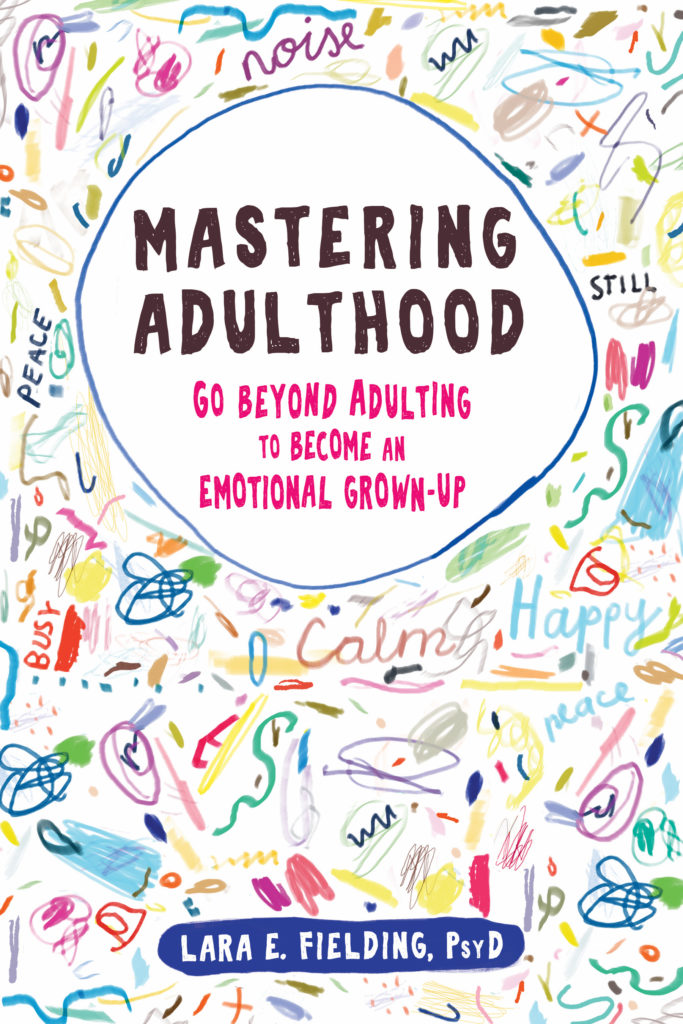We all know that feeling. Someone said something, (maybe it was you), which was followed by an unpleasant outcome. Maybe an awkward silence, a ridiculing laughter, a disparaging comment. Or maybe the outcome was simply not at all what you had hoped for.
Then its over.
But is it?
That night the image of the moment comes roaring back in your mind. With the image you can feel yourself actually re-experiencing the sinking feeling of the emotion that came with it. The shame, the anger, the anxiety.
Now your whole body is engulfed in the virtual reality of the movie in your mind. The whole experience is right up on you. But do you move your mind away from the unpleasantness?
Heck no! You go right down the path of “If only I had….”, or “What the f—? How could he do that?”, “Why!?”. You start chewing on the scenario in your head. As if you could rewrite the script of the past interaction.
We’ve all done this. You may even forge ahead with it by calling a friend to get their buy-in on how wrong the other person was, or maybe they’ll say just the right thing to take away that awful feeling of embarrassment.
They might.
But then the thoughts come back (usually just as you are trying to go to sleep)!
Thinking Habits
Thinking habits can be particularly insidious and tough to work with skillfully. But just thinking about thinking as a habit can go a long way towards getting out of the struggle. A sure sign you have been triggered into a thinking habit is when you notice you are feeling miserable, but nothing in the present moment is actually happening.
Your mind is time traveling to some past or future scenario, which makes it feel miserable. You may have tried to “just not think about it.” But both research and your own experience tells you that trying to suppress your thoughts doesn’t work!
Try it right now. In the next sentence I’ll ask you to not think about something. See what happens. Ready? Okay, do not think about…… a banana.
What happened? Bananas, right? Or you may have been creative, and distracted yourself. Distraction can work, short term – like chatting with a friend, or watching TV. But what happens when you have to go to sleep?
Yep, the bananas are back!
Letting Go of Thoughts
The discipline of practicing with thoughts stems from the fact that minds time travel, bodies do not. Mindfulness skills work by honing the strength of your ability to notice a thought, and then redirect to sensations in the body (usually your breath). Skillfulness is not the absence of thoughts. It is the willingness to redirect attention to the present moment, where your body always is.
The Practice
I teach a couple of different skills for working with perseverative thinking.
Skill I: Breath – Body – Sound
Step I: Find the spot where you feel the physical sensations of breathing most strongly. It may be the belly, chest, or nostrils.
Holding your attention there, as you inhale and expand the belly as the air comes in, feeling the belly contract on the exhale.
Repeat three times.
Step II: Expand your awareness to attend to the feeling of your body surrounding the feelings of breathing.
Feeeeel yourself inside your mind-body vehicle. Really connect to the you sitting inside your skin suit. Notice how this feels.
Step III: While continuing to hold awareness of the sensations of breathing, and your body as a whole…. Add awareness and attention to sounds around you. Attend to the sounds as if you are listening to an odd piece of contemporary music. Letting go of interpretations, assumption, and judgments, and just experience the sounds.
Notice how you feel after practicing this exercise. What do you notice? Can you feel yourself drop into the present moment? These three steps can train you how to actively practice stepping back from the turmoil of your mind.
Skill II: Listening to Thoughts for the Secret
I developed this skill while working with a client experiencing the most intense form of racing thoughts, hallucinations. His medication had not yet been prescribed so he was hearing voices telling him all kinds of scary things.
So I asked him “What are they saying? Let’s listen.” When he silently paused to listen to his thoughts, rather than generate them, he turned to me with wide eyes, “They stopped!”
Try this for yourself:
Step I: Actively bring to mind something that happened recently in your life, that really bugged you. Really get those thoughts going, about the injustice, or awkwardness, or whatever the experience was.
Step II: Notice the felt sense of the story you are generating in your mind.
Step III: Switch to active listening to your thoughts, as if you will gain some wonderful wisdom from what they have to say. Just listen.
What do you notice?
Skillfulness is a Practice
We all experience painful situations in life. The secret to preventing pain from turning into suffering is being skillful in how we respond.
Like all skills, Mastering Mindfulness comes from training before you really need them. So, don’t wait until the next time you desperately need to chill after getting triggered! Be ahead of the next curve ball, with daily practice, practice, practice.
If you would like to learn more self-help skills to build your resilience and self mastery, sign up for the Mindful-Mastery Skills Weekly here. Or follow me on Facebook, Twitter, or Instagram!


